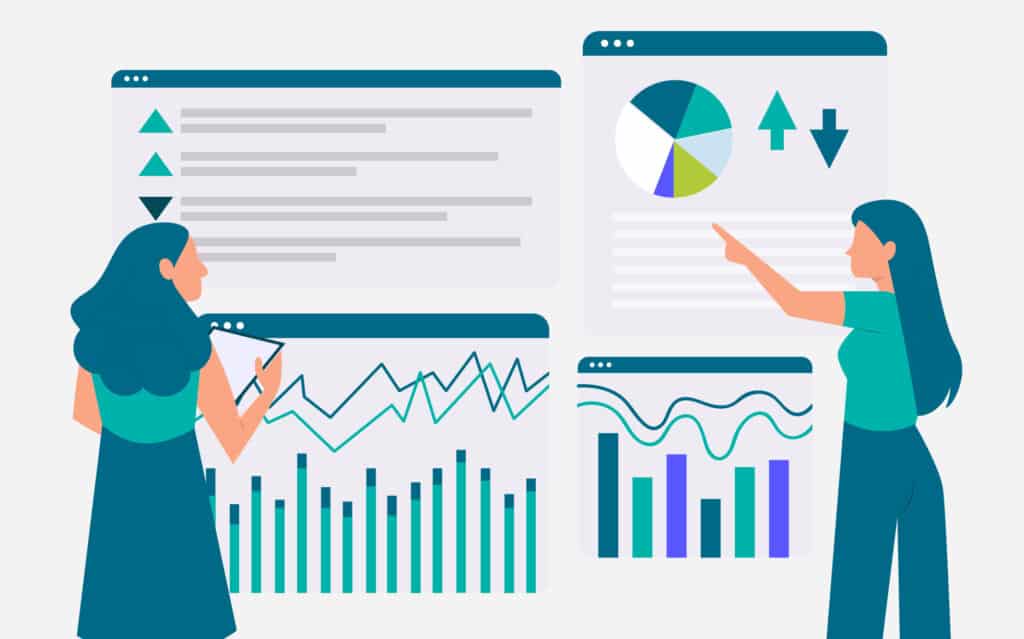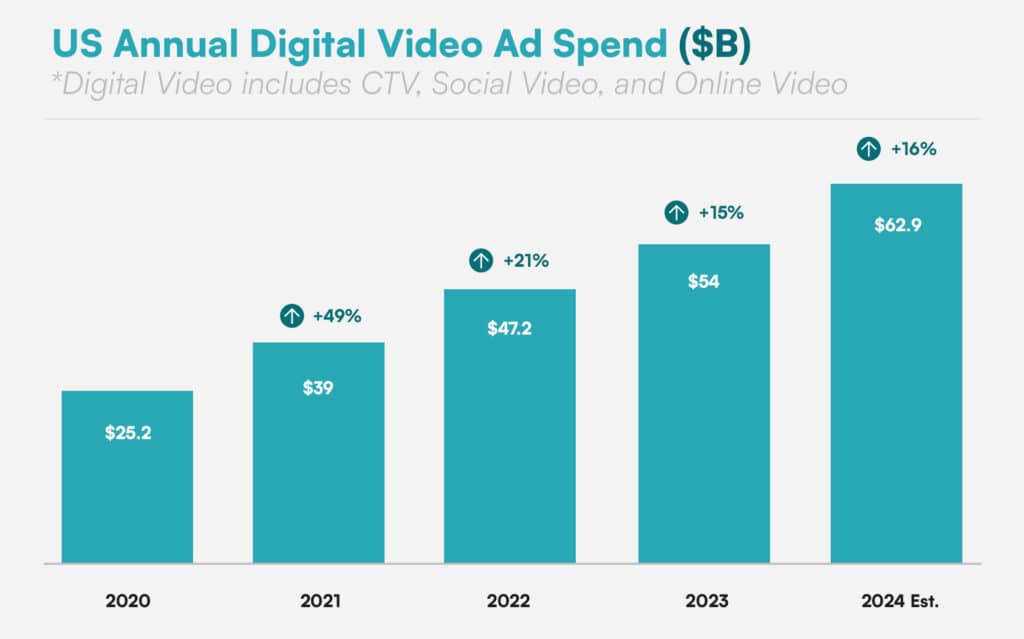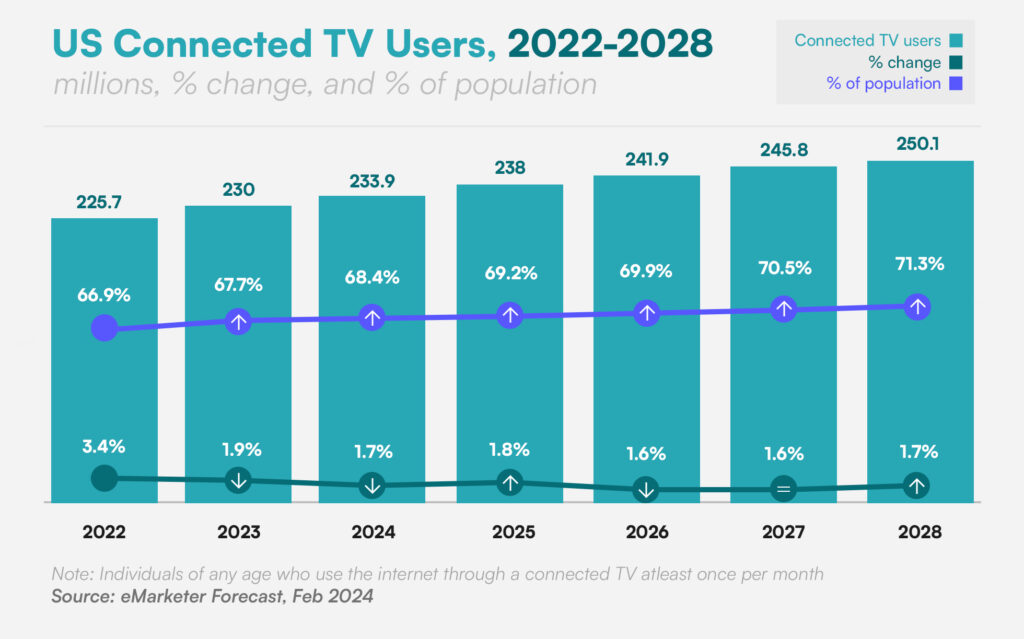Mar 11, 2020
In today’s digital advertising landscape, it’s crucial to understand where your audiences come from, how consumers hear about your brand, and how these interactions impact your purchase funnel. Over-the-top (OTT) media delivery has proven tremendously successful not only in reaching target audiences but also in building positive outcomes.

In today’s digital advertising landscape, it’s crucial to understand where your audiences come from, how consumers hear about your brand, and how these interactions impact your purchase funnel. Over-the-top (OTT) media delivery has proven tremendously successful not only in reaching target audiences but also in building positive outcomes. By enhancing ad segmentation to improve engagement and maximize cross-channel campaigns, OTT capabilities allow brands a greater understanding and retention of their audiences.
If you know that OTT platforms work to deliver video content directly to consumers via the Internet, you know attribution technology should be an expected component of every platform—especially as OTT and CTV (connected TV) viewership becomes a foundational aspect of digital advertising.
Thanks to the ingenuity of digital marketers, previously unheard-of reporting metrics and transparency models are beginning to strengthen OTT capabilities. Performance marketing agencies can now leverage one of the fastest-growing digital segments to help brands use OTT advertising to build better campaigns. Keep reading to see how they’re doing it, the roadblocks, and how your team can use OTT advertising to strategize toward fantastic campaign outcomes.

In a world where access to an internet connection means users can access content wherever they are, whenever they want, marketers understand the significance of a killer digital ad strategy. The increasing ubiquity of streaming services means video ads are relevant to a majority of US households: nearly 234 million US TV viewers stream via CTV devices, a number that’s projected to rise to 250 million by 2028. Given the omnipresence of CTV streaming, OTT advertising profitability will only continue to rise. Digital video ad spend rose 15% in 2023 to $54B, and is projected to increase a further 16% in 2024 to $63B.
The data strongly supports OTT ads and CTV advertising over traditional linear video advertising. But viewership and time spent watching are not the only factors that make OTT services a more appealing option—OTT platforms offer a multitude of capabilities that either don’t exist or are challenging to scale via traditional TV advertising.

A hallmark of modern digital marketing is the wealth of data gathered. Depending on how a brand learns to leverage analytics, this excess can either be beneficial to strategy improvement or overwhelming and stressful. Measuring ad campaign effectiveness on streaming services like Apple TV or Hulu is key to helping performance marketers maximize their digital ad campaigns.
As more brands shift significant ad spend from traditional TV to OTT platforms, connecting outcomes to cost becomes critical to campaign success and efficiency. Attributing specific ad spend to key outcomes also lessens the obstacles and anxiety associated with digital marketing costs—with nearly 200 streaming platforms now available globally, more inventory space means less expensive placements and lower ad prices.
Pinpointing granular performance data attached to efficient ad spending further strengthens the strategic advantages of digital ad spend, ensuring brands don’t just receive transparent CTV data but can put that data to work in future campaigns.

Advertisers are right to want more from their OTT advertising metrics. The majority of OTT platforms only track a few key metrics. Impressions are usually logged alongside specific statistics like individual creative performance and geolocation. Video Completion Rate (VCR) is also tracked as a standard metric, and some platforms offer breakout stats such as VCR by geolocation, publisher, and device type. Unfortunately for advertisers, only some of these stats make it back to them via reports, usually views, impressions, and basic VCRs per online video.
This lack of reporting transparency is unacceptable—agencies with myriad campaigns expect more from their digital advertising partners. Larger advertisers and agencies may strong-arm their way to more accurate metrics and audience reach by running on multiple platforms/channels. However, custom reporting from multiple partners is challenging and time-consuming. The headache this causes is rarely worth the effort—especially considering that the compiled information is still limited to the lowest common denominators of VCR and impressions.
Until now, OTT hasn’t been able to fully solve for CTV ad success. Premier streaming services have no need to continue developing their platforms to optimize for their advertising partners. While advertisers and agencies can certainly target audiences who watch video content, they lack further advanced abilities that can elevate digital campaign performance.
Marketers need a platform that combines the best of all sides of the OTT platform equation: access to an array of audiences and inventory sourcing, usable campaign reporting and data visibility, and a focus on providing actionable insights to optimize performance.
Thankfully, the digital advertising industry has long been led by innovative problem solvers who develop technologies to solve persistent digital marketing challenges. Digital Remedy is no different. Our Performance CTV solution provides robust Return on Ad Spend (ROAS) tracking against real-world KPIs that happen after a viewer sees an ad: tracking key data points like website visits, store visits, cart amount, app installs, and more to gain true visibility into ad performance and campaign success.

A strong relationship between advertisers and their OTT service partners makes upgrading their digital streaming ad strategy possible. Advertisers and agencies who partner with Digital Remedy can combine data sources and report on lower-funnel metrics and conversions in granular segments: by creative, geo, publisher, date, device, channel, number of exposures, time between exposure and conversion, and custom conversion windows.
This advanced OTT technology enables marketers to gain audience insights and empowers them to optimize campaigns toward tangible KPIs like site visits, online sales, foot traffic, app installs, and more. The ability to optimize any OTT advertising campaign based on actual data—as opposed to just market research or intuition—is an unparalleled advantage in digital advertising. Digital Remedy provides critical insights into how each creative is performing and driving conversions, allowing brands to target campaign optimization at the most granular levels.
Recently, a popular D2C brand leveraged Digital Remedy’s OTT attribution capabilities to run a nationwide campaign targeting millennial men. The brand ran four different creatives with a roughly even impression distribution; one of those creatives drove 40% of conversions. Pinpointing outcomes so narrowly helps brands achieve ROI of over 1500% and ROAS of 1660%. Understanding which platforms ads work best on and what channels drive the most engagement is an indispensable asset to any brand looking to elevate its OTT strategy beyond expectations.

A challenge that has plagued advertisers and marketers since the onset of marketing as an industry: How do you measure the success of a campaign?
As advertising continues to be a complicated, overcrowded landscape across digital platforms, honing in on campaign success has never been so critical. When it comes to OTT attribution, data should be easy to access, simple to analyze, and seamless to transform into actionable outcomes. With a trusted partner and tangible metrics on their side, agencies and advertisers can watch their over-the-top ad performance and future campaign success flourish.
Related Posts

In the constantly evolving digital advertising landscape, agility and flexibility are paramount. As agencies and advertisers look to maximize.

When COVID-19 upended the world in early 2020, the ripple effects were swift and far-reaching across every industry, and.

As artificial intelligence continues to dominate headlines and industry conversations, confusion still lingers—especially around the relationship between artificial intelligence.